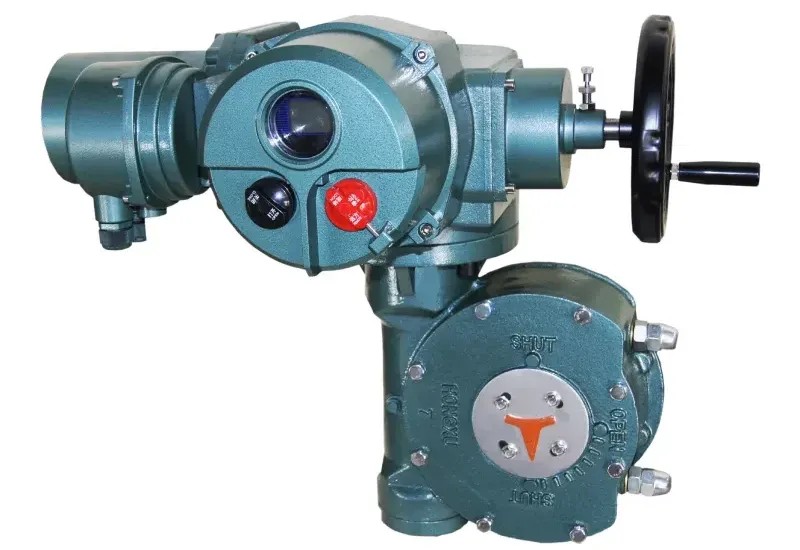Introduction
As a Premier Control Valve Manufacturer in China, We Provide High-Quality Valves and Control Actuators Designed to Meet a Wide Range of Industrial Applications.
Multi-turn electric actuators have become essential components across a broad spectrum of industries, including power generation, oil and gas, and water/wastewater treatment. Known for their versatility and high efficiency, these actuators come in various sizes and torque ratings to meet diverse industrial needs. This article explores the benefits, features, and operational principles of multi-turn electric actuators, highlighting their vital role in modern industrial automation.
What Are Multi-Turn Electric Actuators?
Multi-turn electric actuators rotate continuously—often 360 degrees or more—to operate valves like gate valves, globe valves, ball valves, and butterfly valves. Powered by AC or DC electricity, they accept control signals (commonly 4-20mA) and integrate smoothly with automated control systems. When paired with gearboxes, they can generate high torque for demanding applications.
Benefits of Multi-Turn Electric Actuators
- Wide Application Range: Compatible with numerous valve types and industrial processes.
- Precise Control: Enable accurate valve positioning for optimal process regulation.
- Remote Operation: Facilitate control and monitoring from centralized systems, improving safety and efficiency.
- Versatile Compatibility: Adapted to various valve designs and torque requirements.
Key Features
- Torque Range: From 50Nm up to 10,000Nm, suitable for small to heavy-duty applications.
- Motor Types: Available in 3-phase AC, single-phase AC, and DC configurations.
- Durability: Lightweight aluminum alloy casing with anti-oxidation and UV protection; stainless steel screws ensure corrosion resistance.
- High Protection Ratings: Designed for reliable operation even in harsh outdoor and industrial environments.
- Advanced Control Options: Support remote, automatic, and collective control modes.
- Fieldbus Support: Compatible with communication protocols like Profibus, Modbus, HART, FF Fieldbus, and DeviceNet.
- Valve Compatibility: Suitable for gate, knife gate, globe, ball, and butterfly valves.
- Industry Usage: Widely applied in power plants, petrochemical, chemical, pharmaceutical, and water treatment facilities.
- Functional Types: Available as electric actuators specialized for gate, globe, ball, and butterfly valves to simplify system integration.
How Do Multi-Turn Electric Actuators Work?
A multi-turn electric actuator uses an electric motor to drive a gearbox that operates a worm and worm gear assembly attached to the valve stem. The output shaft’s position is monitored by limit switches to control rotation precisely. Upon receiving a control signal, the motor activates, turning the valve stem to the desired angle, enabling accurate and reliable valve operation.
Industrial Applications
- Power Generation: Control steam and water flows to optimize plant efficiency and safety.
- Oil and Gas: Manage pipelines and processing systems remotely, even in hazardous environments.
- Water and Wastewater Treatment: Regulate water and chemical flows during filtration and treatment.
- Chemical and Pharmaceutical: Ensure precise flow control of chemicals and ingredients during manufacturing.
Conclusion
Multi-turn electric actuators are crucial to industrial automation, offering a balance of precision, durability, and adaptability. Their broad range of features addresses the specific demands of many sectors, helping enhance operational efficiency and reliability. Whether used in power plants, oil and gas fields, water treatment, or chemical production, these actuators continue to be foundational to advancing industrial control technologies. Know more about Google SEO Directory





Comments